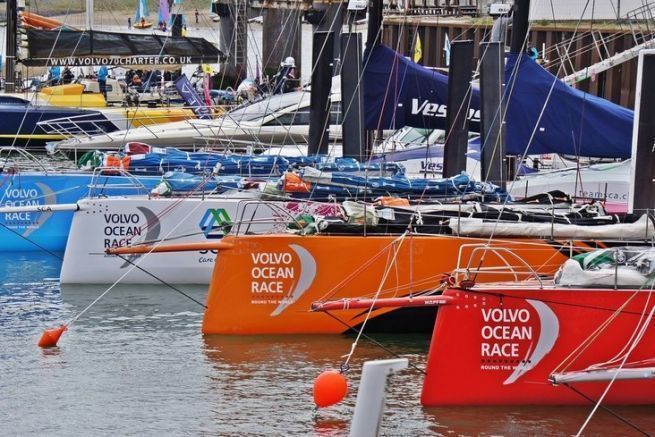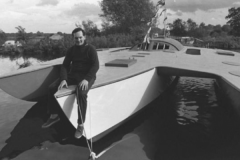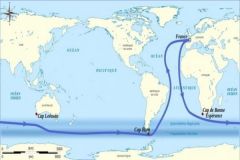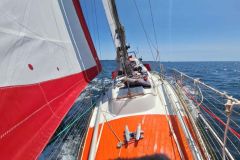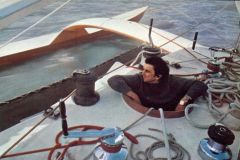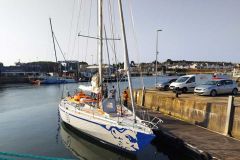Conceived by the military, the Whitbread, was to become the Volvo Ocean Race in 2001 and then The Ocean Race in 2019. This race proposed 4 stages, during its first edition in 1973. It will undoubtedly remain one of the deadliest offshore races, resulting in the death of 3 sailors, Paul Waterhouse, Dominique Guillet and Bernie Hosking.
Regatta around the world, by stages
This round-the-world regatta through the 3 capes in the conventional direction (West to East) is raced in stages (the number of which varies according to the edition). It is raced in crews, potentially mixed. It is raced, originally every 4 years, but now with a departure every 3 years. It starts in Europe and returns there after the world tour.
A race with many faces
Polymorphic, the Whitbread starts, arrives and stops in distinct cities at each of its editions. It varies in the number of stages, from 5 stages until 1985 to 11 in 2017. Some editions are linear with a route close to the South Pole after the descent of the Atlantic. Others make many detours, like the 2008 edition that went up the China Sea and marked several stages.
This race is run in monohulls. Originally, it was Maxis that entered the race and raced on corrected time. Then in 1993, the VOR60s arrived, 60-foot one-designs that marked the end of the Maxis. The race becomes a real time race. In 2005, the race moves to the V65, more powerful than the V60. It still remains a one-design race.
For the next edition, which is scheduled to start in October 2022, the race will be open to IMOCA boats, which will then replace the V65s.
Presence of women, positive discrimination
Since 1977, women have been present on board boats. With specific rules for women sailors. While all-male crews are limited to 7 members, mixed crews are composed of a maximum of 5 men and 5 women. All-female crews (the first of which was Tracy Edward's in 1989) have a maximum of 11 members. Positive discrimination?
Ranking by points
The ranking, at the finish, is established not on a time system, but on a points principle. Each stage is rewarded with 7 points for the first boat to arrive. The passage of Cape Horn is also bonus of one point for the first competitor crossing this mythical cape. The stages in the South Seas (Indian Ocean and South Pacific) count double. Finally, the crew that has achieved the best cumulative time gets an extra point.
An evolving trophy

The Ocean Race does not offer any financial reward to the first ranked crew. It is a trophy that evolves from edition to edition and is passed on to the winners. A new circle is added with each victory, engraved with the name of the winning crew. It is therefore a perpetually unfinished trophy that will be given to the winner of the next edition, in 2022.
Self-serving ecology
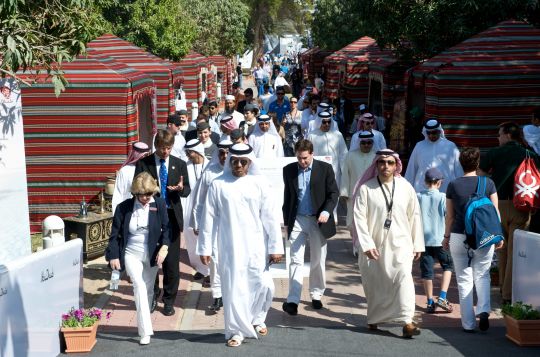
The race aims to convey meaning and ecological responsibility. For many years, it has accompanied the principle of "Sailing with meaning". This program supports scientific research (all the boats carry at least one equipment to measure the temperature and salinity of the waters visited) and offers schools a set of educational content in the image of the race partners. Lastly, each stopover city is committed to implementing sustainable development programs, such as the absence of plastic cups in the villages.
Communication debauchery

The Volvo Ocean Race is not only a nautical event. The imperative presence of a media man on board each ship turns the race into a large-scale communication operation. The onboard reporter must provide the organization with 4 minutes of onboard video, 8 new photographs and 200 words of text each day. The boats involved are all equipped with ultra-modern communication equipment, all supplied by the equipment manufacturer Sony Ericsson.
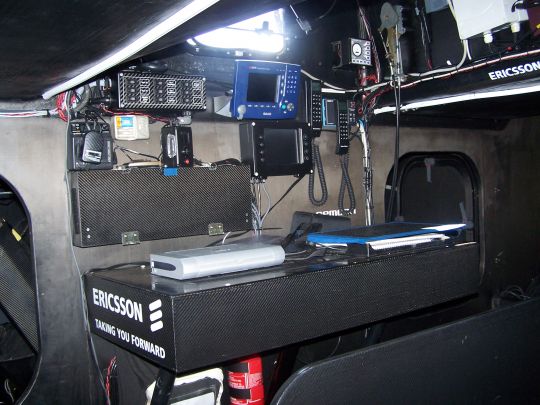
Discreet French presence
The French were not left behind in this race. In 1973, Tabarly dismasted twice and had to end his race. In 1977, the Frenchman from Nantes was disqualified because his boat at the time, Pen Duick VI, had a keel made of uranium, a prohibited substance.
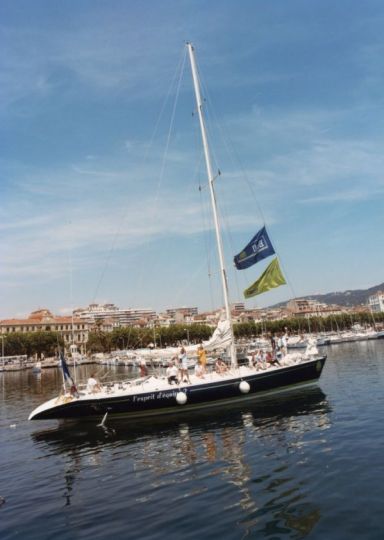
The litany of French defeats ends there. In 1985, Lionel Pean won the compensated time race on board Team spirit . He will be followed by Franck Cammas in 2011 on Groupama IV and then Charles Caudrelier, in 2017, on board Dongfeng Race Team (Chinese boat, but managed by a French crew).
